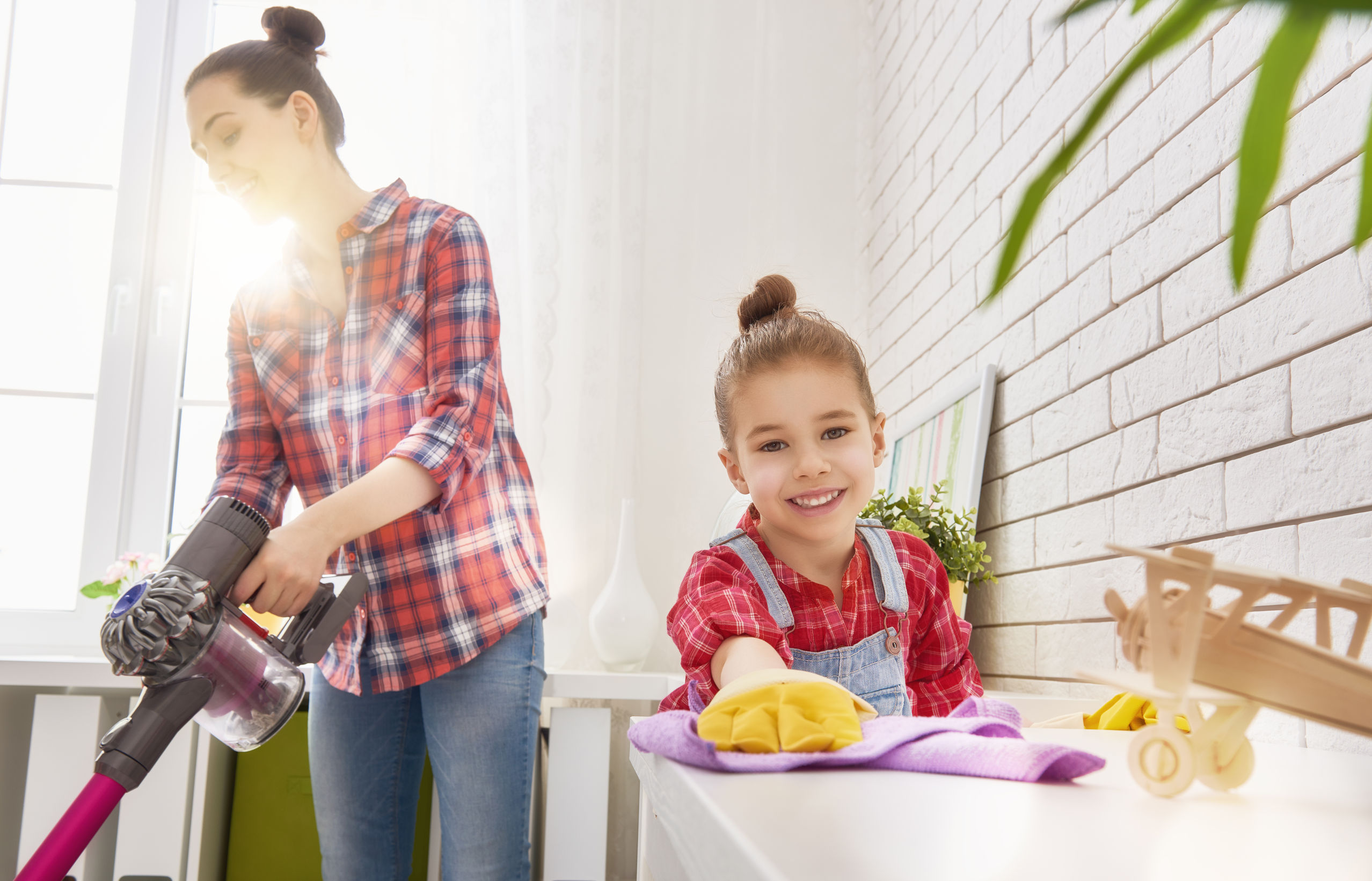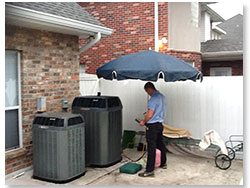
Indoor air pollution is an unseen problem.
Just because the air in your home looks clean doesn’t mean it actually is clean. In fact, indoor air pollutant levels can be up to 100 times higher than outdoor levels. That can be a serious problem when you consider that most people spend up to 90% of their time indoors – The smart solution: whole-home filtration
Whole Room Versus Single Room Filtration
The best way to clean the air in your home, and keep it clean, is with a whole-home filtration solution. Single-room air filtration devices can improve the air quality in one area, but they don’t solve the problem. Dust and dirt can still drift in from other rooms. And what’s worse, pollutants like dust, dirt and pollen can enter your home every time you open a door or window.
Types of Indoor Pollution
Every home typically has three major types of pollutants in the air, which can cause breathing difficulties, asthma attacks and unpleasant smells.
- Airborne Particles: Made up of everything from dust, dirt and pollen to cloth fibers from furnishings and clothing, airborne particles are a major source of allergies.
- Germs and Bacteria: Mold, fungi, spores, viruses and other tiny organisms circulating in the air can enter the lungs and make you and your family sick. They are also a major allergy trigger.
- Chemical Odors and Vapors: Caused by everything from adhesives and cleaning products to cooking smoke and gasoline fumes from the garage. These floating gases and vapors don’t just smell bad, they can irritate allergies, cause breathing difficulties and increase the risk of other serious health effects.
Multiple technologies that address all three classes of pollutant.
Indoor Pollution could be detrimental to your household, but Airone has got you covered: Learn more about Improving Indoor Air Quality or if you are concerned about your home, contact us today!
[gravityform id=”1″ title=”true” description=”true”]




